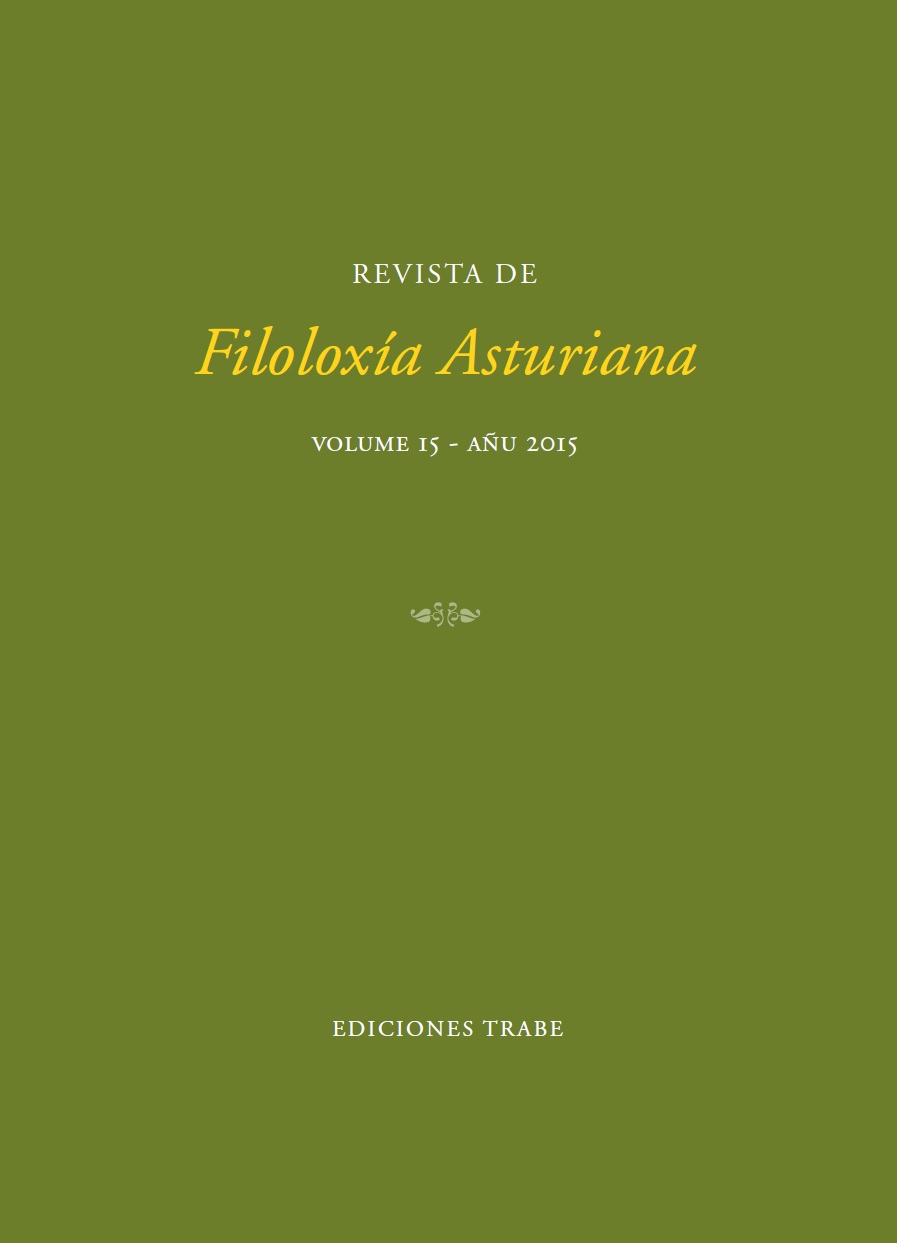Resumen
variedad ancestral de la lengua asturiana hablada en dos pequeñísimos pueblosgeográficamente y culturalmente aislados situados en las montañas de la parte occidental
de Asturias, Sellón and Masenga, pertenecientes al Concejo de Villayón.
Estos pueblos, antiguamente lugares de residencia estacional, están habitados por los descendientes del ancestral grupo étnico conocido como vaqueiros de alzada,
un pueblo nómada que lleva viviendo en estas zonas desde tiempos inmemoriales.
En esta ancestral manera de hablar podemos observar características muy específicas,
que incluyen desde profundos cambios en la pronunciación, la estructura
de la información, el léxico y la morfología a ligeros pero relevantes cambios en
sintaxis. Más específicamente, el principal objetivo de este estudio es investigar las
propiedades exhibidas por los clíticos en esta variedad que se diferencian de las
que estos elementos átonos presentan en asturiano central y en la variedad estándar
del español moderno y, después, tratar de ofrecer una explicación sencilla y
elegante de la alternancia entre la colocación de los clíticos en posición pre-verbal
y post-verbal siguiendo el marco teórico de la gramática del papel y la referencia,
cuyo análisis servirá para resaltar el destacado papel que tiene la interacción entre
la sintaxis y la estructura de la información en el característico posicionamiento
de los clíticos que muestra esta variedad. En definitiva, este artículo muestra las
diferencias existentes entre la variedad estándar del español moderno, el asturiano
central (variedad que es normalmente considerada como la variedad normativa de
la lengua asturiana) y esta variedad ancestral de asturiano occidental en relación
con la alternancia que surge en la colocación de los clíticos tanto en las cláusulas
principales como subordinadas.
Palabras clave: La lengua asturiana, el dialecto vaqueiro, la colocación de los
clíticos, la estructura de la información, la gramática del papel y la referencia.
The present paper examines the enclisis and proclisis alternations of an ancestral
variety of Asturian spoken in two very small geographically and culturally
isolated villages in the mountains of western Asturias, Sellón and Masenga (Municipality
of Villayón). These villages, once seasonal settlements, are inhabited by
descendants of the ancestral ethnic group known as Vaqueiros de Alzada, a nomadic
people that have been living there from time immemorial. In their ancestral form of
speech, we can observe very specific characteristics, ranging from profound changes
in pronunciation, information structure, vocabulary and morphology to slight but
relevant effects on syntax. More specifically, the main aim of this study is to investigate
the properties that clitics have in this variety that make them different from
the clitics in Central Asturian and Standard Modern Spanish and, subsequently,
to account for the post- and preverbal clitic alternations in the simple and elegant
way provided by the Role and Reference Grammar framework. This would serve to
highlight the crucial role played by the interaction between syntax and information structure on the distinctive placing of pronominal clitics exhibited by this variety.
All in all, this paper will outline the differences between Standard Spanish, Central
Asturian (which is normally considered the normative variety of Asturian) and this
ancestral variety of Western Asturian regarding the clitic placement alternation
arising both in matrix and embedded clauses.
Descargas
Los datos de descargas todavía no están disponibles.

